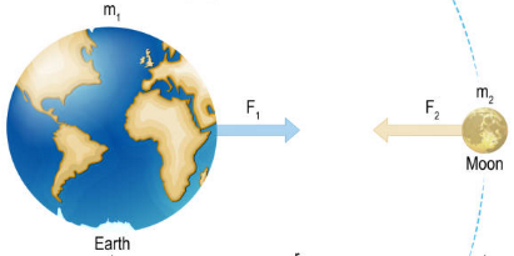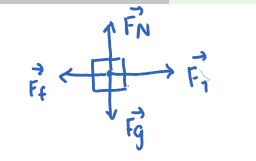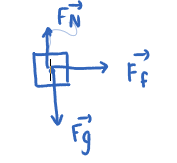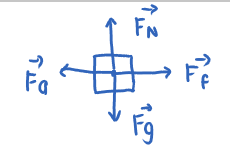Forces
What are they?
- Push or Pull
- Cause objects to speed up, slow down, change direction, or stay still
- Compress, stretch, or twist matter
- A Vector Quantity
Measuring Forces
The unit of force is the newton () =
Everyday forces
Applied Forces
One object is in contact with another object and either pushes or pulls
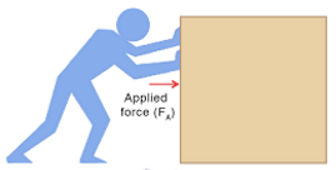
Tension Force
A pulling force exerted on an object by a rope or string.

Normal Force
A contact force that surfaces exert to prevent solid objects from passing through each other.
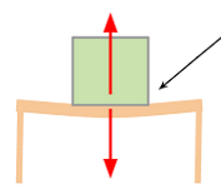
Force of Friction
A force that resists the motion or attempted motion of an object

Force of Gravity
The force of attraction that exists between any two objects due to their mass.
It always points towards the center of the earth.

Magnitude of the force of Gravity on an object
is the force of Gravity in newtons (), is the mass in . is the gravity constant ( [Down])
Free Body Diagrams (FBD)
A simple drawing representing the object being analyzed and all the forces acting on it.
NOT THE FORCES IT EXERTS ON OTHER OBJECTS.
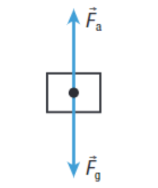
Examples
A large trunk in the basement is pulled by a rope tied to the right side of the trunk by a person. The trunk does not move.
A baseball player is sliding to the left across the ground.
A desk is pushed to the left across the floor.
Calculating Net Forces
Net Force () is the combined forces of a single object. Horizontal and vertical forces are calculated seperately
The Four Fundamental Forces
Strong Force
This force holds the nucleus of an atom together
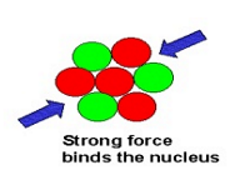
Range - Particles must be within the width of the nucleus (m) Relative strength - 1
Electromagnetic Force
This force holds atoms and molecules together. It also causes atoms and molecules to repel is they get too close

Range - Infinite Relative Strength - 1/137
Weak Nuclear Force
This force is responsible for some kinds of radioactive decay

Range - m Relative Strength -
Gravity
Attracts objects due to their mass
Range - Infinite Relative Strength -
